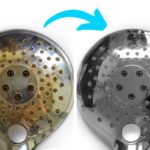Colour run. It sounds a lot more dynamic than it actually is. Sounds almost exciting. It’s not.
It’s what happens when you mix a load of laundry that really shouldn’t be together in a washing machine. The result is a transfer of colour from garment to garment.
There are techniques you can employ to combat colour run. Dry cleaning may well be one of them. Let’s see.
What Is Dry Cleaning?
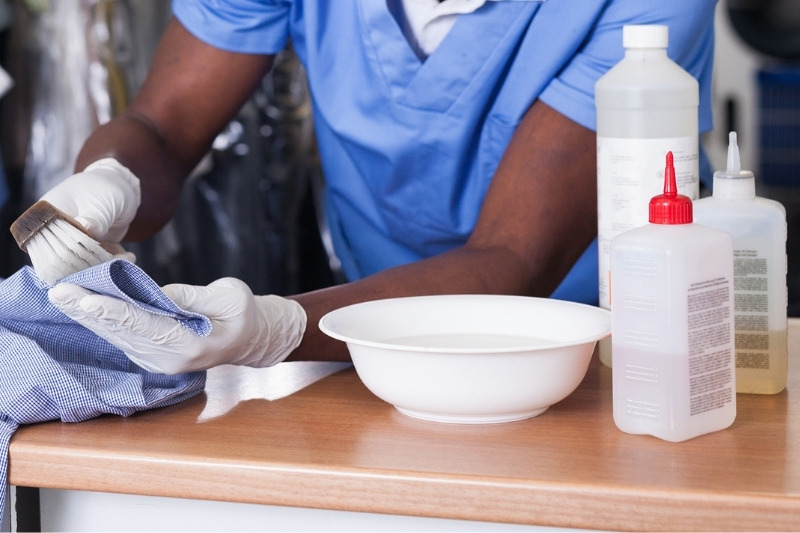
First of all, let’s be clear on what dry cleaning is. It’s a method of refreshing and renewing clothes by making them spick and span with the use of a chemical solvent.
The process has its origins in 1820 when New York tailor Thomas Jennings filed a patent for what he called dry scouring, which was chiefly notable for being the first US patent held by an African American.
A few years later, in 1825, French dye-worker and possessor of a surname almost as cheery as the Chuckle Brothers, Jean-Baptiste Jolly spotted the stain removal properties of kerosene.
Following this discovery, he opened a dry cleaning business using frighteningly flammable solvents.
It took electro-boffin Michael Faraday to come along with a much better and safer option – the snappily-named perchloroethylene, which is still in use today – to bring dry cleaning to maturity.
Nowadays, such chemicals are applied via enormous machines which do what standard washing machines do, i.e. agitate the clothes and get them clean, albeit gently and with little or no water.
The clothes are then inspected and pressed to give them that gorgeously wrinkle free just dry-cleaned look. Nothing like it.
Can Dry Cleaning Remove Colour Run?

So, the big question. Sources differ on whether dry cleaning can do the trick. What most do agree on is that dry cleaning is less likely than normal washing to produce colour run in the first place.
As far as removing colour run is concerned, it’s all a matter of what the individual dry cleaner can undertake to do with that particular stain.
Do remember that not all garments will be happy at the dry cleaners. For advice on delicates in particular, ask the dry cleaner themselves.
Also, it might be the case that the dye in the colour run is actually trickier to remove than the original dye in the garment.
If that’s the case, then if dry cleaning gets rid of the former, it’s highly likely to get rid of the latter at the same time. Result? No colour left at all.

Two other key tips to bear in mind:
1. Be quick
Don’t let the stained garment sit around. The longer the stain exists, the harder it will be to get rid of.
And whatever you do, don’t stick it in the tumble dryer. You’ll set the colour run so that it’s virtually impossible to get rid of.
Ideally, you want to get the clothing down to the dry cleaners immediately, while it’s still wet, even.
2. Be clear
Your dry cleaner will in all likelihood be knowledgeable, but may not be psionic. If you have a big concern with a garment suffering from colour run, don’t just give the item to them all jumbled up in a bunch of other clothes.
Take it out of the pile and show them exactly what the issue is. They’ll then be able to advise there and then on the likelihood of success and, crucially, get started on it straightaway if feasible.
What Other Ways Are There to Remove Colour Run?
The really good news is that you don’t necessarily have to go to a dry cleaners to remove these kinds of stains. It may be worth giving one or more of the following techniques a go.
1. Rewash
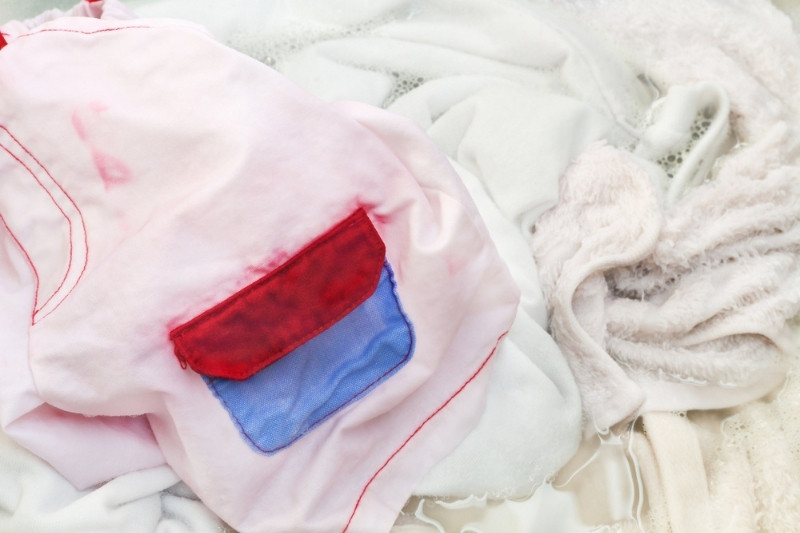
Sometimes it’s as simple as putting the stained garment back in the wash, by itself. Use your normal detergent and a cool wash, so that there’s no risk of a high temperature setting the stain.
2. White vinegar
If there’s a more useful household substance than white vinegar, then we’ve yet to hear of it.
This wonder substance is a dab hand at stain removal, and dabbing’s what you have to do in the first place – dilute it and test it on an inconspicuous spot.
Then, soak in a bucket of diluted vinegar for 30 minutes or so. Then rinse with clean water.
3. Oxygen bleach
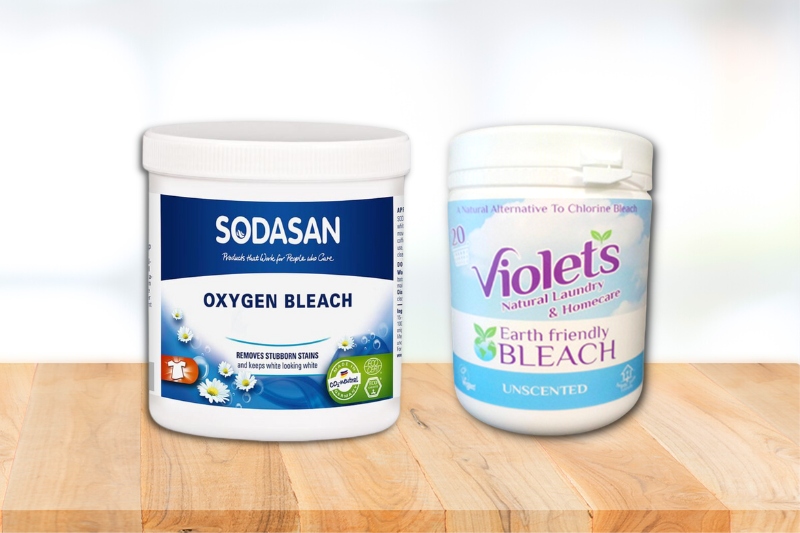
Great at removing stains without changing the colour of the garment, oxygen bleach can be the answer to a stain-sufferer’s prayers.
It also has the advantage of not being as eco-harmful as chlorine bleach. Something like Sodasan can do the trick without harming the planet.
4. Chlorine bleach
Sometimes you have to call in the big guns. If your favourite white shirt is now marshmallow pink you may feel that, regrettably, the ecosphere will just have to pay the price.
The good news is that not much chlorine bleach is needed so the environmental damage is limited.
Whatever you do though, don’t be tempted to use it on any clothes that aren’t meant to be white. And always use PPE.
How Can You Prevent Colour Run?
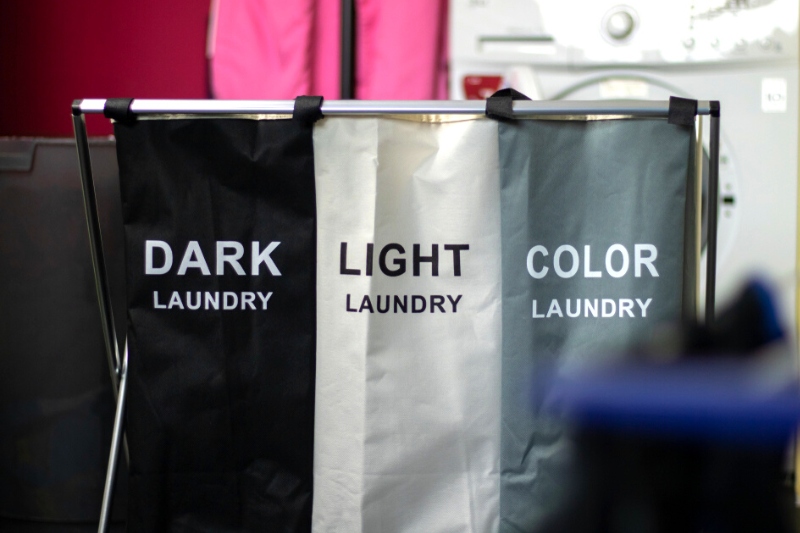
- Wash new clothes separately – New clothes can sometimes be quite effusive with their dye, jettisoning excess pigment all over the washing machine. So, it’s often a good idea to wash new clothes separately. And to clean out the washing machine afterwards and give it an extra rinse.
- Keep an eye on care labels – They sometimes include warnings about colour running risks.
- Don’t mix your colours
- Don’t leave clothes lying wet in the washing machine following a wash – Get them out and hang them up sharpish. This will minimise the risk of colours being transferred and reduce the likelihood of mildew and unpleasant smells in your machine.
Life in Full Colour

We’re lucky enough to live in an age when gorgeously saturated hues exist to give interest and appeal to our clothing.
As with pretty much everything though there’s a downside: if chucked together recklessly in the wash, these colours are, like extrovert partygoers, eager to mix and blend.
However, there are remedies you can apply. Dry cleaners will be only too happy to apply their talents, and good results are eminently possible.
But if you’d rather do it yourself, there are options there too.
Whatever route you choose, the quicker you act, the better. Unwanted colours can become permanent very quickly. For, as 007 found on MI6 wash day, it takes no time to dye.

Martin’s life revolves around films, dogs and food, but rarely all at the same time. At least two out of these three like to give clothes and furniture a hard time, and Martin enjoys discovering and writing about new ways to stop them doing their worst.



